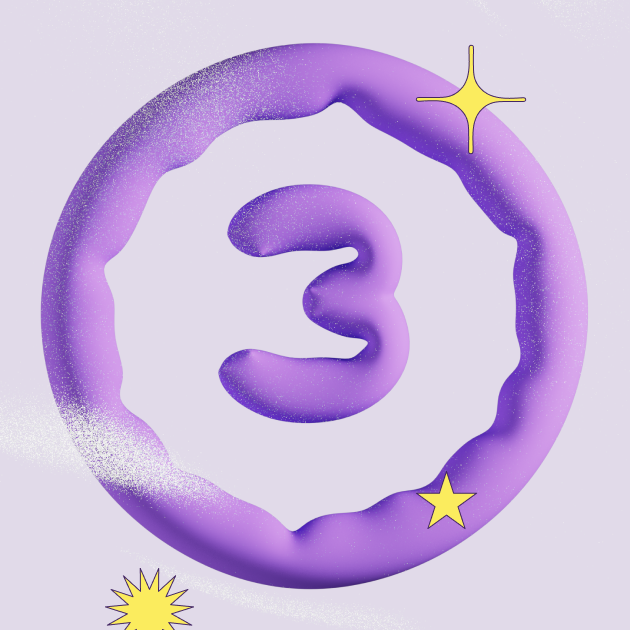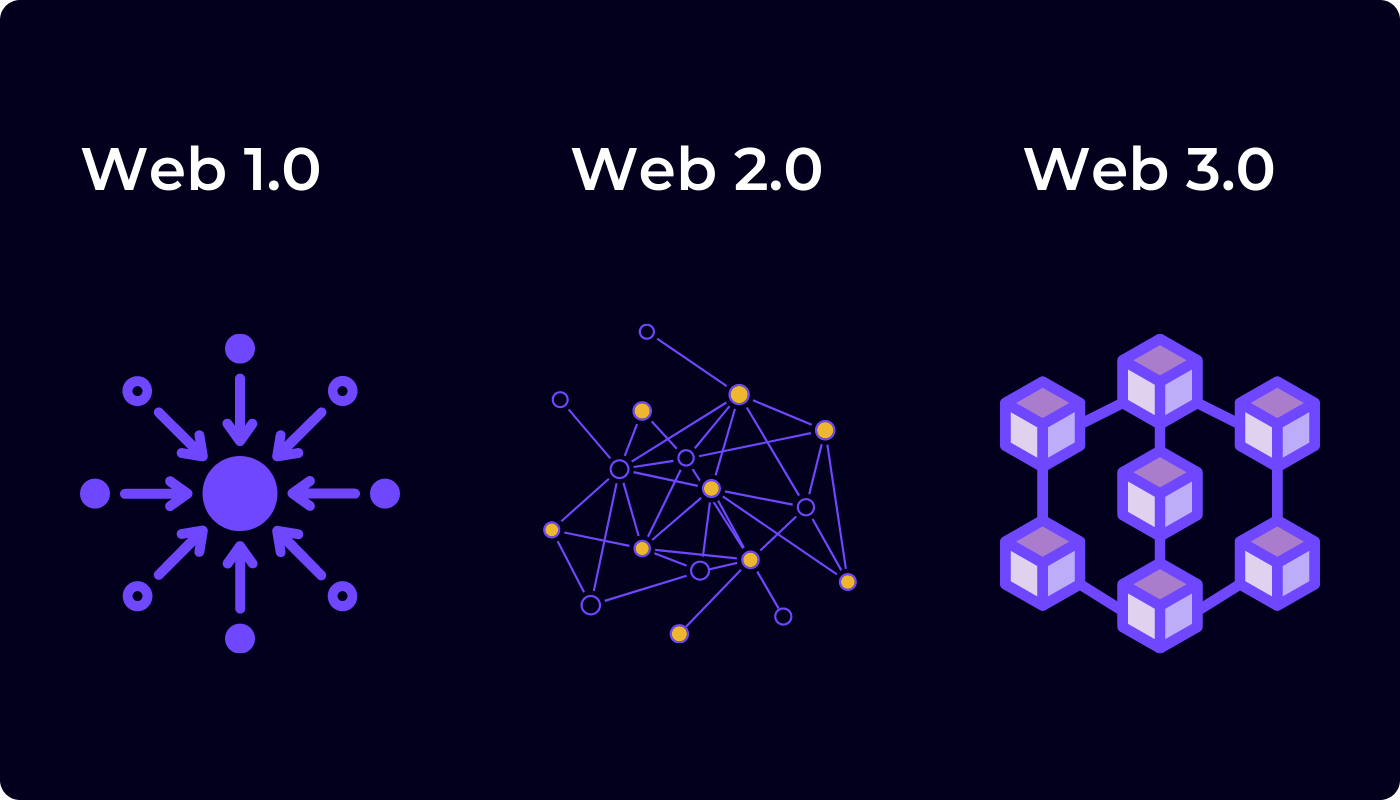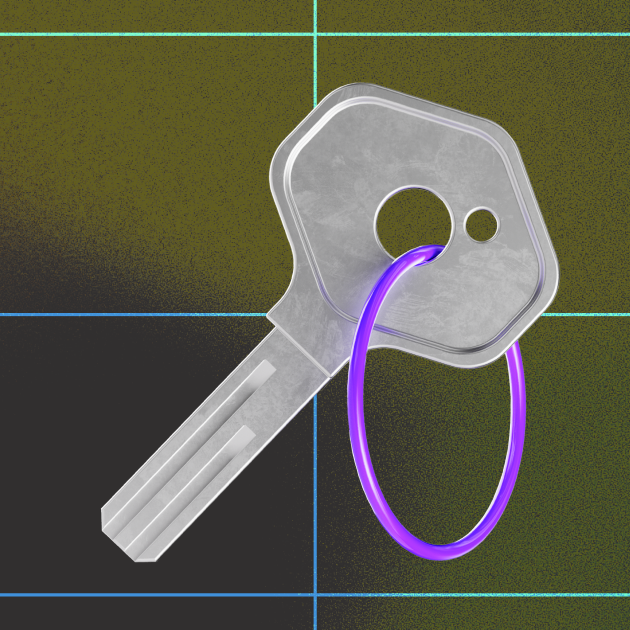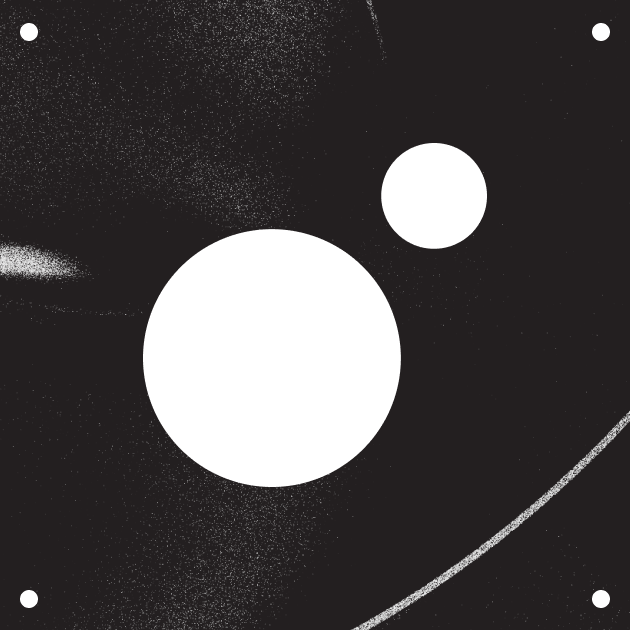Your passport to the Web3 economy
We’ve pulled together an introduction for your journey into the decentralized web.
By Sankrit K

“DeFi”, “nodes”, “mining”, “hash”, “metaverse”, “Web3” – every day there seems to be more Web3 lingo.
Don’t let the lexicon put you off, though. You don’t have to understand all the ins and outs to get involved in the Web3 space, just like how you don’t need to understand the thermodynamics of a car to drive one. And the bits you do need to know aren’t as complicated as you might initially think.
If you’ve read this far and you’re wondering what “Web3” is exactly, this is one of those need-to-knows, and it’s pretty simple. We’ll explain more below, but in short Web3 is the next era of the internet in which blockchain technology will play a central role. You don’t need to know any more than that to pick up a Web3 passport and dive in.
In this article, we’ll give you an overview of the basic tools you need to get started in Web3. This is your passport to the Web3 economy.
What is Web3?
Web3 is the next evolution of the internet in which users are in control of their own data. It’s a completely decentralized network, which means there isn’t any need for central authorities.
Why is this a good thing? Well, because it means no single entity has ultimate governing or censorship power.

Web2 vs Web3
The main difference between Web2 and Web3 is that the former relies on central authorities and the latter doesn’t. This creates several major contrasts:
- In Web2, large corporations like Google and Facebook store our data on their central servers, which can create security issues like the ones we’ve seen in the past.
- In Web3, our data is stored on a decentralized network of computers, known as a blockchain, and is secured by cryptographic encryption techniques.
- In Web3, users can do and say as they please without fear of censorship from a central authority like a corporation or government.
- Above all, though, Web3 opens the possibility of digital asset ownership and provenance tracking. This means that users can own their data and know exactly where it came from and who has accessed it.
Why isn’t everyone using Web3?
Web3 seems like a limitless, decentralized future that many would want to be a part of and yet, so far, we’ve seen more skepticism than adoption.
While there are several schools of thought on why this is, one theory that is commonly agreed upon in the Web3 community is the issue of interoperability.
What does interoperability mean?
Interoperability is when different systems can work together and exchange data seamlessly. This is a big problem in Web3 right now because separate blockchains aren't currently able to communicate with each other.
For example, let's say you have some crypto tokens on the Ethereum blockchain, and you want to use those tokens to purchase an item on a different blockchain that uses a different cryptocurrency.
This would be difficult because there aren't many ways for two blockchains to communicate and exchange data without an intermediary. Given that the main draw of Web3 is the lack of any intermediaries, this is a spanner in the works that needs a solution.
If you could issue a "passport" to an asset on one blockchain that would allow it to travel to another, that could solve the problem.
But, how is this relevant to you as you begin your Web3 journey?
Well, the issue of interoperability affects all users. It means you may need accounts on more than just one of several wallets, platforms, and toolsets to interact with different parts of Web3, like dApps.
What do you need to know to navigate Web3 effortlessly?
It’s important for you to get an awareness of the various wallets, platforms and tooling available in order to take full advantage of the decentralized web.
Here's some basics to get you started, broken down by category:
- Cryptocurrency wallets
- Digital assets
- Crypto exchanges, on-ramps, and marketplaces
- Useful tools and platforms
- Communities
Cryptocurrency wallets
A cryptocurrency wallet is a digital storage space where you can store your cryptocurrencies.

The main types of crypto wallets are custodial and non-custodial.
The main difference is that custodial wallets delegate access of the private keys to a third party, while non-custodial wallets allow you to own the private keys that give you access to your cryptocurrencies. So it’s of utmost importance that you keep your private keys safe and secure, preferably in a cold wallet.
A "cold wallet" is a wallet that isn’t connected to the internet and therefore is less susceptible to hacks. Ledger and Trezor are some leading manufacturers of cold storage wallets.
A "hot wallet" is a software-based wallet that stays connected to the internet. Some popular hot wallets include MetaMask, Trust Wallet, and Exodus.
Digital assets
Digital assets are programmable assets that can be stored on a blockchain and form a crucial part of the Web3 economy. A digital asset can be anything from a cryptocurrency token to a non-fungible token (NFT).

Cryptocurrency tokens are digital assets that have been built on top of a blockchain. The most popular cryptocurrency, Bitcoin, is a token. Ethereum, the second-largest cryptocurrency by market capitalization, is also a token.
Non-fungible tokens (NFTs) are digital assets that are not interchangeable. Each NFT is unique. A popular use case for NFTs is in the gaming industry, where these tokens are used to represent in-game items such as weapons, armor, and houses.
Interestingly, NFTs have a high likelihood of going "phygital." This means they could one day be used to represent physical assets such as art, real estate, and even people's identities on-chain.
Exchanges, on-ramps, and marketplaces

In order to buy or sell digital assets, you need to use a cryptocurrency exchange. A cryptocurrency exchange is a platform that allows you to buy, sell, or trade cryptocurrencies.
There are two types of exchanges:
- Centralized exchanges
- Decentralized exchanges
Centralized exchanges (CEXs) are owned and operated by a single entity. Some of the most popular centralized exchanges are Binance, Coinbase, and Kraken. They tend to have lengthy onboarding and know-your-customer (KYC) verification processes.
Decentralized exchanges (DEXs) are owned and operated by a decentralized network of computers, also known as nodes. One of the most popular decentralized exchanges is Uniswap. The entry barriers to DEXs are usually quite high for beginners, especially because you would need to own crypto to get started in the first place.
What if you've set up a cryptocurrency wallet and just want to buy some crypto with fiat (government-issued currency)?
In that case, you need to use an "on-ramp" like MoonPay. On-ramps are platforms that allow you to buy crypto with fiat currency, like pounds or dollars. Think of them as the bridge between the centralized world of fiat and the decentralized world of cryptocurrencies.
When you use MoonPay, you can buy cryptocurrency and get it deposited in your wallet within minutes in three simple steps:
- Enter the amount of cryptocurrency you want to buy
- Authenticate your email
- Enter your public address and complete the payment
Voila! Your cryptocurrency will be delivered to your wallet almost instantly.
What about NFTs?
In order to buy NFTs, you need to use a marketplace. Marketplaces are platforms that allow you to buy, sell, or trade NFTs. There are different marketplaces for different NFTs. Here are a few of the most popular:
- OpenSea - supports Ethereum, Polygon, Solana, and more
- Blur - supports Ethereum
- Magic Eden - supports Solana
- Paras - supports NEAR
Useful tools and platforms
There are a number of useful tools and platforms that can make your experience with Web3 even smoother and more seamless. Here’s a look at some of the main ones.
Non-custodial wallets
- Ledger - hardware wallet
- Trezor - hardware wallet
- MetaMask - for Ethereum
- Phantom - for Solana
- Trust Wallet - multi-chain wallet
Exchanges
On-ramps
- MoonPay - buy crypto with fiat
Other tools
- Etherscan - popular Ethereum block explorer
- stablecoins.wtf - track market data for stablecoins
- GasNow - track Ethereum gas prices
- ICO Drops - track live and upcoming ICOs
- AirdropAlert.com - track live and upcoming airdrops
- CoinMarketCap - largest cryptocurrency price tracker
- NFTCalendar - NFT release and event calendar
- HowRare.is - NFT rarity checker for Solana and NEAR
- MintNFT - create your own NFT within minutes
- State of the DApps - curated directory of decentralized applications
Communities: the heart of Web3
One of the key aspects of Web3 is that it enables users to interact directly with one another without the need for a third party to mediate the interaction. This is made possible by blockchain technology, which allows users to store data securely and transparently on a decentralized network.
This distributed architecture has the potential to revolutionize how we interact with each other online.
For example, it could allow communities of like-minded people to form and share information without fear of censorship or manipulation. It could also facilitate more direct economic interactions between strangers, eliminating the need for intermediaries such as banks or payment processors.
This is why the Web3 community could become a vital part of the ecosystem.
Getting into the right community can be the ultimate Web3 passport for you by helping you to educate yourself, make better decisions, and find the right people and projects to work with.
So, how do you become a part of a community?
There are two parts to that:
- Find the communities that align with your interests
- Contribute to the community
How do I find the right Web3 community for me?
Web3 is vast and diverse, with interests ranging from blockchain technology and cryptocurrencies to digital art and gaming.
The best way to find the right community for you is to explore. Fortunately, there are abundant tools and resources to help you.
Forums
Web3 forums are a great place to start your exploration. Reddit is an example of a popular forum that has channels for Web3 enthusiasts.
X/Twitter
X/Twitter is a buzzing platform for all things Web3. And now, after the dogefather himself acquired the company, it may become even more involved in the space. Hive.one is a good tool you can use to find reputed Web3 influencers on X/Twitter.
Discord
Discord is great for NFT projects. If you want to follow one closely, get involved, and chat one-on-one with other project stakeholders and creators, Discord servers are ideal. Links to these servers are usually displayed on a project's official website.
Telegram
Telegram is another instant messaging platform that's popular in the space. It has many public and private channels where you can engage with other Web3 aficionados.
DAOs
Decentralized Autonomous Organizations (DAOs) are communities that use decentralized governance to manage themselves. Joining a DAO is a great way to get involved in the space and contribute to its development.
How do I contribute to a community?
The best way to contribute to the community (or communities) that you choose is to get involved and participate in its many activities. Here are some ideas:
Develop
If you're a developer, you can contribute to the development of Web3 projects. You can find many open-source projects on GitHub.
Write
If you're a talented writer, you can contribute articles, tutorials, or even documentation to help others learn about Web3. Some popular places to do that include Medium, HackMD, and Web3 subreddit pages.
Translate
If you're bilingual or multilingual, you can contribute to translating Web3 content into other languages. This is a great way to help make Web3 accessible to a wider audience.
Teach
If you're passionate about Web3, you can share your knowledge by teaching others. You can do this online or offline, in person or online.
There are many ways to get involved in the Web3 community. The best way to find the right community for you is to explore, and the best way to contribute is to get involved and participate.
MoonPay: Your passport to Web3
Web3 is the future of the internet, and digital assets are at the heart of this new economy. By understanding how to use Web3 applications and digital wallets, you can take control of your digital life and join the new economy.
During Miami Art Week we announced our plans to launch MoonPay Passport, a first-of-its-kind NFT that grants its owner exclusive access to MoonPay experiences and products in partnership with the world's leading brands and creators.
Sign ups are now open for this next gen loyalty and rewards program.






